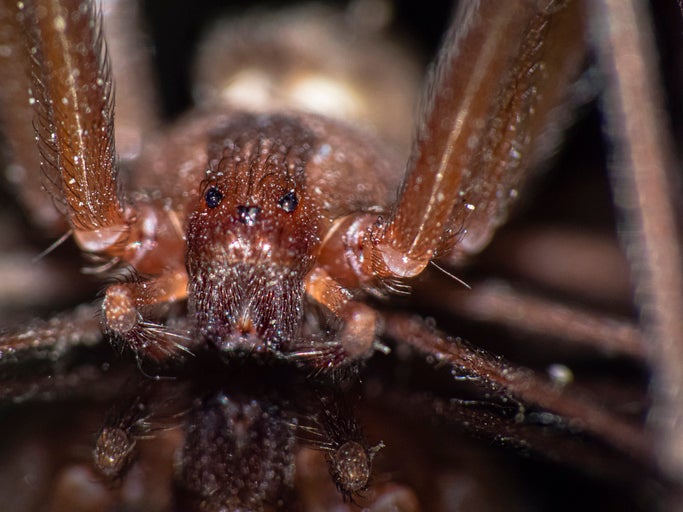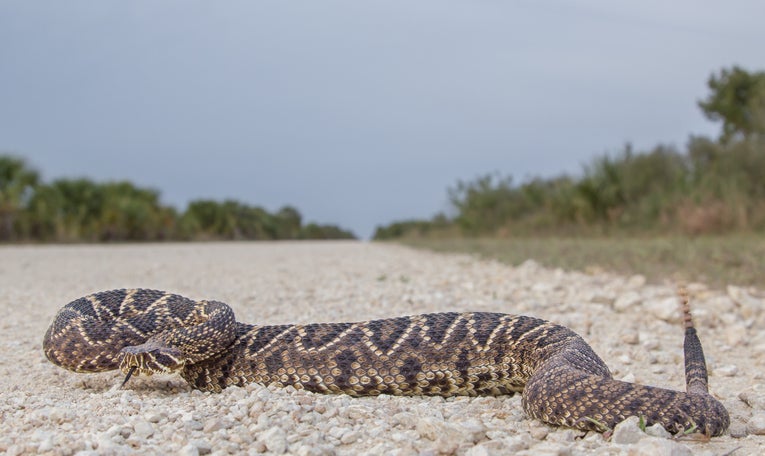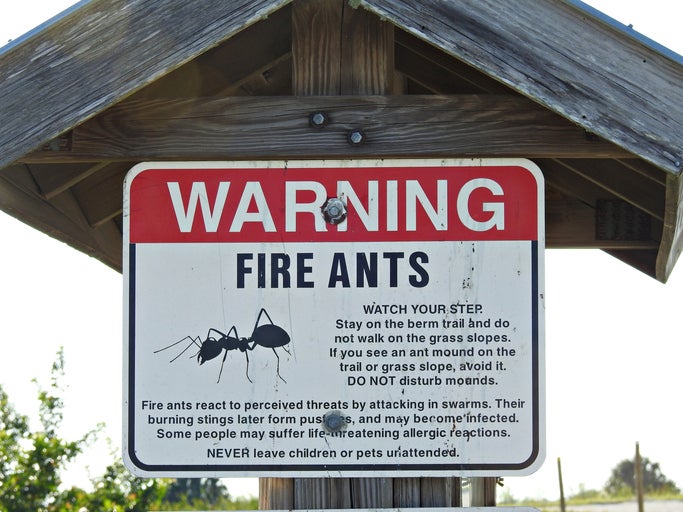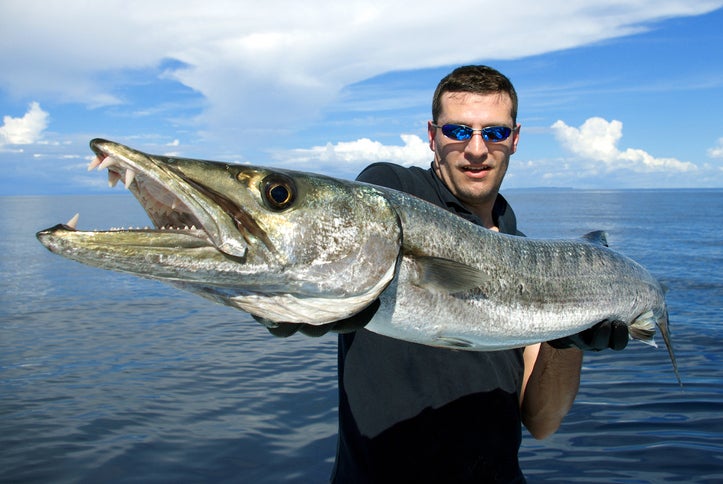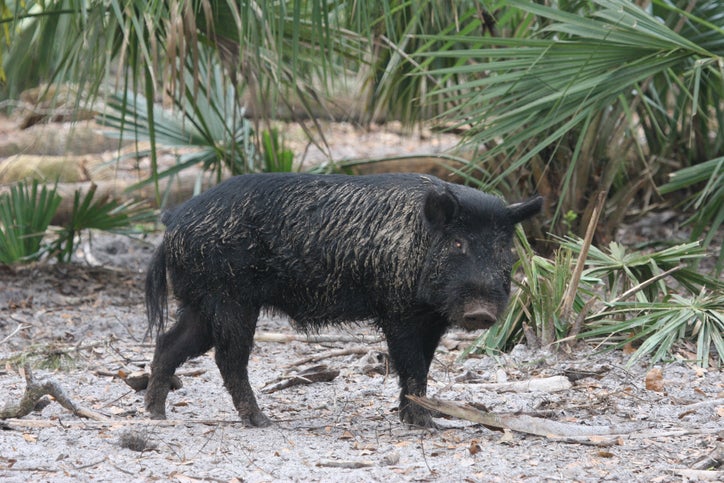Cuban Tree Frogs: Population Surge Wreaks Havoc on Florida
There is a wild adventure happening at Florida Gulf Coast University. Student Bryce Sweely trekking through the thick woods, heading straight into a cypress dome. Sounds like the setup for a horror movie, right? But no, she’s there for a serious mission. Studying tree frogs.
According to NBC2, they have three types of tree frogs on campus. Two are the good guys: the green and squirrel tree frogs. They’re the locals, minding their own business. Then there’s the villain of the story, the Cuban tree frog. This guy is like that one rude neighbor who moves in and starts stealing everyone’s parking spots.

These Cuban tree frogs are tricky too. You spot them by their big toepads and blue bones. They eat up all the resources and even munch on the native frogs. And experts say that if you lose the local frogs, you’re in big trouble. It’s like putting all your money on one horse and that horse decides to quit racing.
And it gets worse. These Cuban frogs are like the Florida Man of frogs. They adapt to urban life better than the locals, popping up around your home, messing with your utilities, and causing all sorts of chaos. Imagine opening your utility box and finding a frog cutting your electricity. They are annoying little buggers.
The rainy season’s coming too, and that’s like throwing a wild party for these frogs. While all frogs enjoy a good rain, the Cuban tree frogs throw an all-out rager. Their numbers could then skyrocket, and that’s bad news for everyone.

So, what can we do? Well, Bryce and her crew are all about protecting natural spaces like the Cypress Dome. It’s like giving the native frogs their own VIP section. We can’t kick out the Cuban frogs completely, but we can make sure the natives have a fighting chance.
Cuban tree frogs breed like mosquitoes in any standing water like kid pools, buckets, you name it. If you don’t want these pests taking over, make sure you’re not giving them a breeding ground. And if you need more tips, check out the University of Florida’s guide on handling these slippery invaders.




